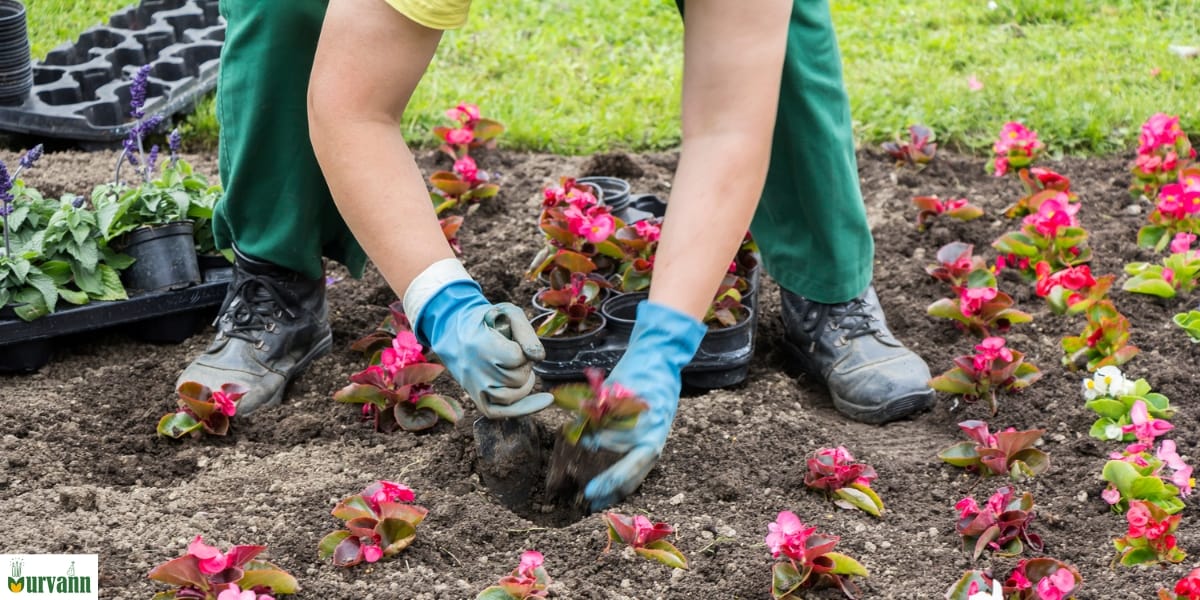We all love a garden that is in bloom.
When flowers nod at their colourful heads with the flowing breeze and spread their sweet fragrances around, we feel an exhilarating feeling of peace and joy. Now that you have a visual, let us also understand how we can keep a blossoming garden, ensuring that our plants thrive and flower beautifully. Soil quality plays a significant role in determining how your flowering plants bloom. According to many research studies, botanists have found that soil slightly acidic in nature has more chance of getting its plant to flower.
Today, let us understand what this means and how to incorporate measures to help our garden become a spectacle of bright colours.
.
Why Acidic Soil Encourages Flowering
Nutrient Availability
Like humans, plants need nutrition to grow healthy leaves, stems, and flowers. Nitrogen, phosphorous, and potassium are the most essential nutrients for flowering plants. These nutrients are abundant in slightly acidic soil, mostly between 5.5 and 6.5.
The soil's acidity ensures the roots can easily absorb nutrients and help the plant grow to its full potential.
Microbial Activity
Soil is full of tiny organisms, like bacteria and fungi, that help break down organic material into nutrients that plants can use. These helpful microbes thrive in slightly acidic conditions. Their activity slows down when the soil pH is too high, meaning less nutrient conversion and availability. Keeping the soil acidic encourages a healthy population of these beneficial organisms.
.
Ways to Make Soil Acidic
If your soil needs to be more acidic, there are several ways to adjust the pH level. You can choose between organic and inorganic methods. Let's look at both!
Organic Ways to Make Soil Acidic
Compost
Adding organic compost from kitchen scraps and garden waste is a great way to increase the soil's acidic component. Scraps like vegetable skin and fruit peels slowly break down and acidify the soil.
Coffee Grounds
Used coffee grounds are a great source of acidity. You can sprinkle them on the soil surface or mix them into the top layer. Just be sure not to overdo it—too many coffee grounds can compact the soil, reducing aeration and water drainage.
Peat Moss
Peat moss is another organic option. It's slightly acidic and can be mixed into the soil to help lower the pH. It also improves soil structure, making it more airy and well-drained.
.
Inorganic Ways to Make Soil Acidic
NPK Fertiliser
NPK fertilisers contain nitrogen, phosphorus, and potassium, the three primary nutrients for plant health. They are the most widely used in gardening and have many benefits. Each element in NPK fertilisers has a specific role in plant metabolism. For example, nitrogen helps leaves grow, phosphorus improves fruit and flower production, and potassium improves plant health.
.
Tips for Maintaining the Right Soil Acidity
Observe Your Plants
If your plants thrive with lush green leaves and vibrant flowers, your soil acidity is likely in a reasonable range. Check and adjust the pH again if they show signs of yellowing or slow growth.
Go Slow
When adjusting soil pH, make changes gradually. Over-acidifying soil can cause just as many problems as too-alkaline soil.
.
Conclusion
The acidity of your soil plays a critical role in helping your flowering plants reach their full potential. Ensuring your soil is slightly acidic provides an environment that maximises nutrient availability, encourages beneficial microbial activity, and supports healthy root growth. Whether you choose organic or inorganic methods, there are plenty of options to help you create the perfect soil for your garden. Happy gardening!


0 Comment